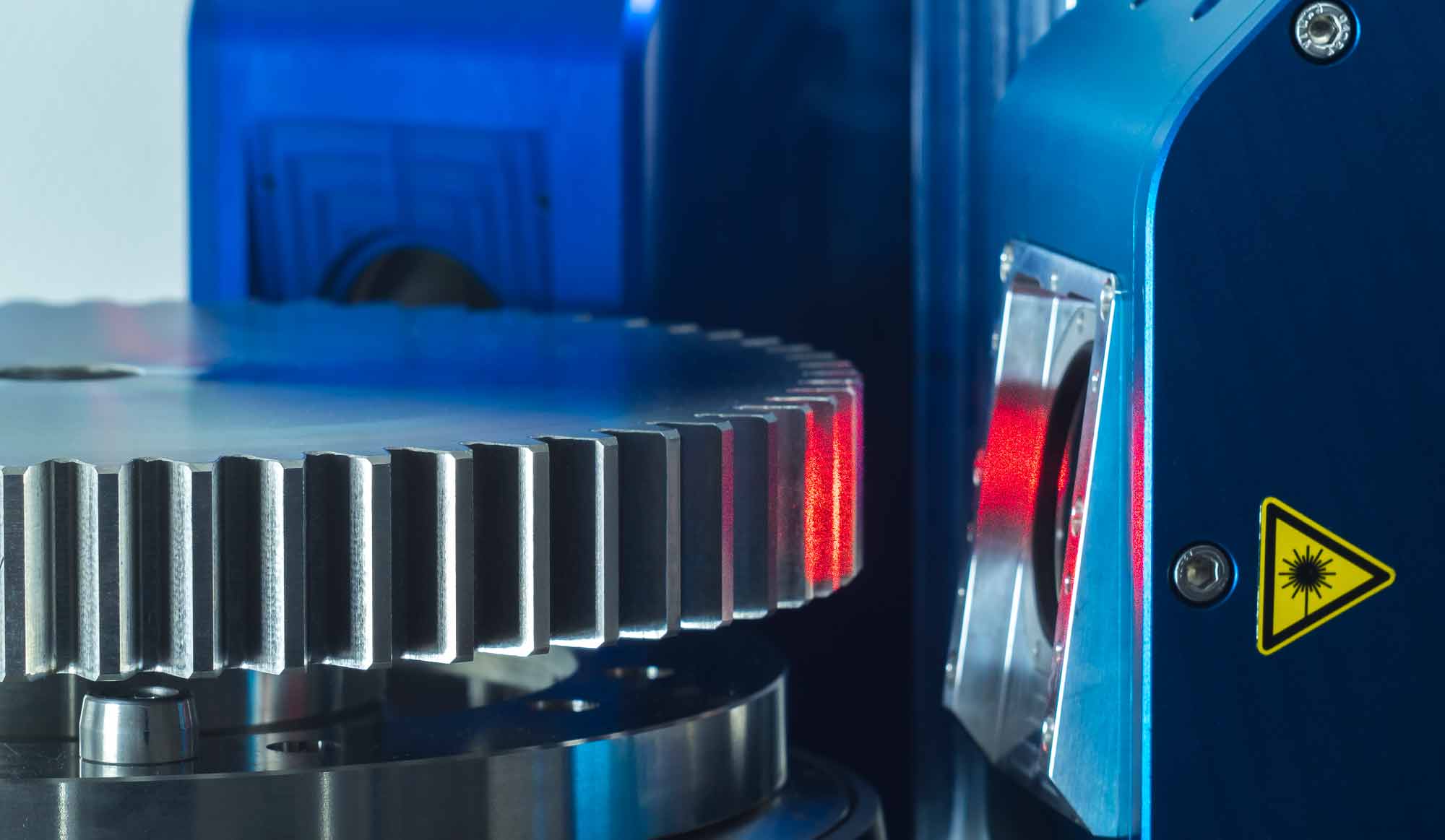Gear measurement with digital holography
Modern gear geometry must meet very high standards for dimensional accuracy to ensure optimal functioning , maximum efficiency, and minimal noise emissions. However, conventional measuring methods are often not up to the task when it comes to fully inspecting all functional surfaces on gears, racks, pinions and worms, to check for geometrical deviations.
Standard measurements using tactile coordinate measuring machines or gear measuring machines are highly precise and place each point of the gear in absolute reference to each other and the axis. However, using these tactile measuring methods, each single point must be brought into direct contact with the measuring probe. As a result, a complete measurement of the entire functional surface is extremely time-consuming and is only done in individual cases. This is where digital holography can show its strength in terms of comprehensive measurement.
100 percent inspection of tooth flanks – optical instead of tactile
In measurement technology, optical methods have several advantages over tactile methods: They measure faster, often produce more precise results, and are usually easier to handle. Until now, optical methods have failed in the task of gear measurement due to steep flanks, very little reflected light, deep structures, and multiple reflections – all of which make measurements impossible. By using digital multiwavelength holography, Fraunhofer IPM succeeded in combining the precision of tactile technology with the speed of optical methods.
Within just a matter of seconds, the HoloGear measurement system comprehensively detects any deviations on the entire flank with high precision. HoloGear works contact-free, capturing around 20 million 3D points every second and generating a comprehensive dataset of the tooth flank. The reproducibility of the deviation data is less than a micrometer, which is precise enough even for the highest quality requirements. Thanks to these unique features, HoloGear has the potential to revolutionize quality control for gears.
